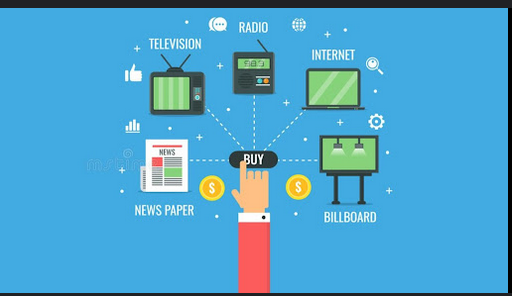The global media planning and buying market is on a sustained growth trajectory, driven by accelerating digitalization, data-first strategies, and the adoption of emerging technologies. The sector, valued at approximately USD 478.07 billion in 2024, is expected to expand steadily through 2034 as brands respond to shifting consumer behaviours and evolving media environments.
Market Research Future research analysis said as digital platforms reshape the global advertising ecosystem, planners and buyers are increasingly turning to advanced analytics to optimize campaign delivery, fine-tune audience targeting, and improve returns on media investments.
The need for highly personalized, interactive content has also fueled a shift toward more dynamic formats that offer deeper consumer engagement. This is further strengthened by integrating artificial intelligence, blockchain, and augmented reality, which provides enhanced tools for insight generation, content placement, and performance measurement.
Social media and influencer marketing continue to gain momentum, as brands tap into the trust and influence of digital personalities to drive authenticity and reach. At the same time, traditional media channels retain relevance in regions with limited internet penetration, where they remain essential for broad-based awareness campaigns.
The digital media space is witnessing strategic moves by industry leaders aimed at scaling operations and enhancing capabilities. In February 2024, LinkedIn launched a Media Planning API to give agencies better access to platform data for campaign optimization. WPP completed its acquisition of MediaCom India in October 2022, strengthening its presence in South Asia, while Horizon Media introduced eMbrac in April 2022, a Nielsen-backed tool designed to promote inclusive media strategies.
Earlier, the Stagwell Group merged with MDC Partners in August 2021 to create Stagwell Inc., and Publicis Groupe secured E.ON’s media account across eight European markets in October 2020, reinforcing its position in performance marketing across Germany and Sweden.
Several sectors are intensifying their media investments to keep pace with changing consumer expectations.
The FMCG industry remains one of the top spenders, aiming to maintain visibility and brand affinity in a crowded marketplace. E-commerce players are rapidly expanding budgets to attract and retain digital-native shoppers, while telecom brands increase spending to promote 5G innovations and expand service offerings. Financial institutions continue to invest heavily in media to build credibility and differentiate their services, especially in highly regulated markets, and the education sector is also increasing its media footprint to engage learners and parents in a growing landscape of remote and hybrid education.
Regionally, North America leads the global media planning and buying market, supported by a mature advertising infrastructure, strong digital capabilities, and a robust regulatory environment shaped by laws such as GDPR and CCPA. Key trends in this market include a pivot toward streaming services, influencer-led campaigns, and a growing emphasis on privacy compliance.
According to the analysis, Asia Pacific is emerging as the fastest-growing region, driven by high mobile and internet penetration and a demand for localized content formats like K-pop, anime, and regional cinema. Europe continues to exhibit steady growth, marked by media consolidation and a highly regulated market environment.
It stated that major players shaping the global market include Starcom Worldwide, MediaCom, Carat, Vizeum, and Horizon Media. Also influential are WPP plc, Omnicom Group, Publicis Groupe, Interpublic Group, Havas, Dentsu Inc., and Acxiom LLC, all of whom are pursuing expansion through mergers, acquisitions, and technological innovation.
The report finally asserted that as media consumption habits continue to evolve, and with increasing fragmentation across platforms, the need for real-time data integration, agile media planning, and creative storytelling is more critical than ever. In a hyper-competitive global media landscape, strategic investment in planning and buying will be central to maintaining brand relevance and achieving sustained growth in the digital era.







Comment
No comments found.